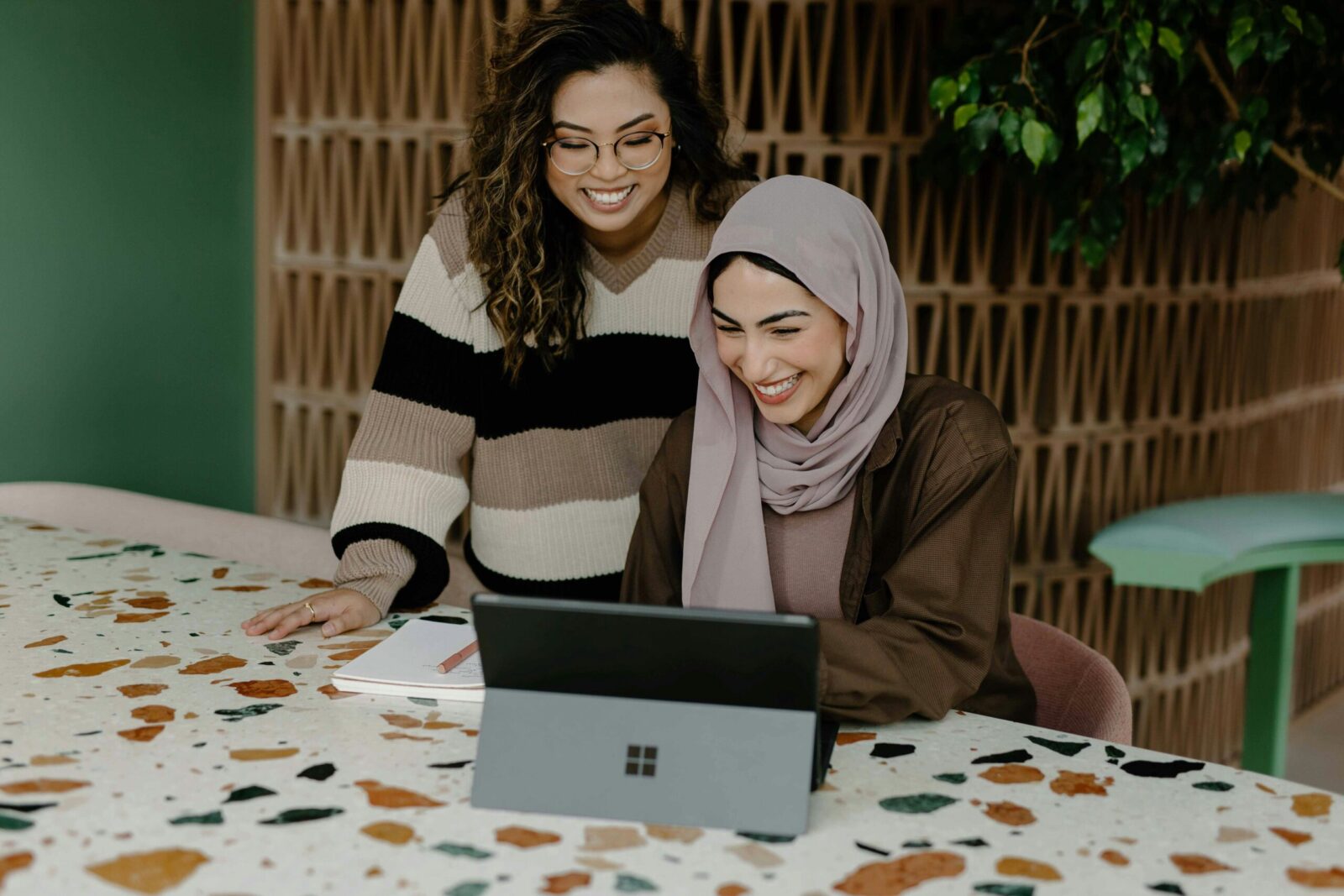
8 Steps to Streamline Your RFP Process
Introduction The Request for Proposal (RFP) process, often viewed as cumbersome and time-consuming, remains a crucial tool in sourcing goods...

Get 20€ off on your first order!
Are you buying, procuring, or both when your organization needs products or services? Definitions may be unclear. In the acquisition process, procurement and purchasing are treated equally, but knowing the difference and incorporating it into your finance processes can greatly effect your company’s health and revenue growth. For growing companies, good procurement management can be a competitive advantage.
The main characteristics of procurement and purchase are:
Despite their shared use, procurement and buy are separate business concepts. Both are essential to materials acquisition, but their relationship must be understood.
Businesses buy and pay for commodities, raw materials, and services. Stakeholders seeking jobs buy most. Purchases need approval before funding. Procurement includes purchases.
Companies buy goods and services through a systematic, multi-step process called procurement. From finding the best suppliers to paying them on time, procurement controls the entire purchase process.
Examples of procurement team tasks:
While purchasing and procurement are crucial for the company, they are independent operations and should be discussed separately when considering spending.
To optimize cost, quality, logistics, and future improvements, procurement teams plan and control spending. These goals are often achieved through the following purchase strategies.
In the procurement cycle, purchasing involves buying and paying for goods and services. Creating a purchase order (PO) starts a predictable cycle of transmittal, fulfillment, invoicing, and payment.
Following a structured purchasing process is vital because purchasing involves cross-departmental. Gartner Group estimates that seven stakeholders are engaged in B2B purchasing decisions for a 100–500-person organization. The initial employee making the purchase request, department heads, legal, IT, security, C-suite members (who may want to get involved in big-ticket purchases), and finance and procurement team members may be stakeholders. Lack of systemic controls can lead to wasteful spending and trouble tracking and analyzing spend.
When organizations lack safeguards against maverick spending, inadequate due diligence, and unintentional orders, poor purchasing can leak funds. If employees fail to minimize these risks, business continuity, reputation, and data security are at danger.
Uncontrolled purchasing leads to lack of visibility, which can cause accounting department disarray. These teams must process a sea of invoices and expenditure reports without clear information to efficiently finish the purchase process.
Effective and well-controlled procurement prevents reckless spending. It prevents cost inefficiencies and risk via controls and responsibility. This lets your company spend proactively rather than reactively.
Reduces operational expenses: Strategic, organization-level procurement reduces operating costs. Well-planned procurement methods can save companies a lot each year. Procurement teams expected roughly 8% savings in 2021.
Improves negotiations: Strategic sourcing and contract negotiation create bottom-line savings. A good contract sets purchase and payment terms that benefit both parties. Because guaranteed revenue helps suppliers develop more accurate business forecasts, many vendors may cut pricing for longer contracts. A good procurement procedure makes contract negotiations more visible for all parties.
Helps strategic sourcing: Use well-vetted, trusted suppliers for all your purchases. Businesses can avoid recurring compliance checks and paperwork by bundling orders. A streamlined sourcing method reduces costs, simplifies purchasing, and enhances product quality.
Risk reduction: Good procurement practices put controls around the purchasing process. Fraud and data security breaches may cost every firm, from small to large. In 2020, PwC’s Global Economic Crime and Fraud Survey found $42 billion in ransomware and breach damages.
Allows effective due diligence: Due diligence is the main risk-management procurement process. Buyers evaluate potential risks before committing to a supplier or vendor by conducting due diligence. Continuously vetting suppliers and deals pays off.
A good procurement process considers the supplier’s corporate values and product and service excellence. By ensuring third-party vendors and suppliers match their values, procurement teams decrease reputational risk. Product and service quality checks prevent late delivery, erroneous orders, and useless items, lowering business continuity risk.
Effective procurement benefits all stages and sizes of businesses. Many large manufacturing organizations have strong procurement departments that handle all procurement steps. This expenditure strategy doesn’t require a procurement specialist. Simple procurement rules can minimize operating expenses and hazards for small company CFOs and COOs.
These simple actions can help finance teams optimise purchase control and minimise costs:
Successful procurement strategies help firms, but manual procurement controls are time-consuming and difficult.
Luckily, technology can reduce physical labor and save money. Digital technologies like procurement software reduced annual costs by 5% to 10%, according to a Boston Consulting Group research.
The Order procurement management system automates several procurement activities. This platform minimizes manual labor for various tasks:
All of these duties are handled in a single database, boosting company-wide spending transparency.
To ensure procurement management success, choose the finest software for your company’s objectives and goals. Our Procurement Technology Decision Matrix helps you choose the best for your organization.
Thank you! You've signed up for our newsletter.



















Introduction The Request for Proposal (RFP) process, often viewed as cumbersome and time-consuming, remains a crucial tool in sourcing goods...

Introduction: Business Process Outsourcing (BPO) has transformed from a simple cost-saving measure to a strategic asset for companies of all...

Introduction: In business, “procurement” and “purchasing” are commonly used interchangeably, but they are different functions with different goals and processes....

Introduction The Request for Proposal (RFP) process, often viewed as cumbersome and time-consuming, remains a crucial tool in sourcing goods...

Introduction: Business Process Outsourcing (BPO) has transformed from a simple cost-saving measure to a strategic asset for companies of all...

Introduction: In business, “procurement” and “purchasing” are commonly used interchangeably, but they are different functions with different goals and processes....
Get 20€ off on your first order!
Save 30% by buying directly from brands, and get an extra 10€ off orders over €100
Save 30% by buying directly form brands, and get an extra 10€ off orders over €100